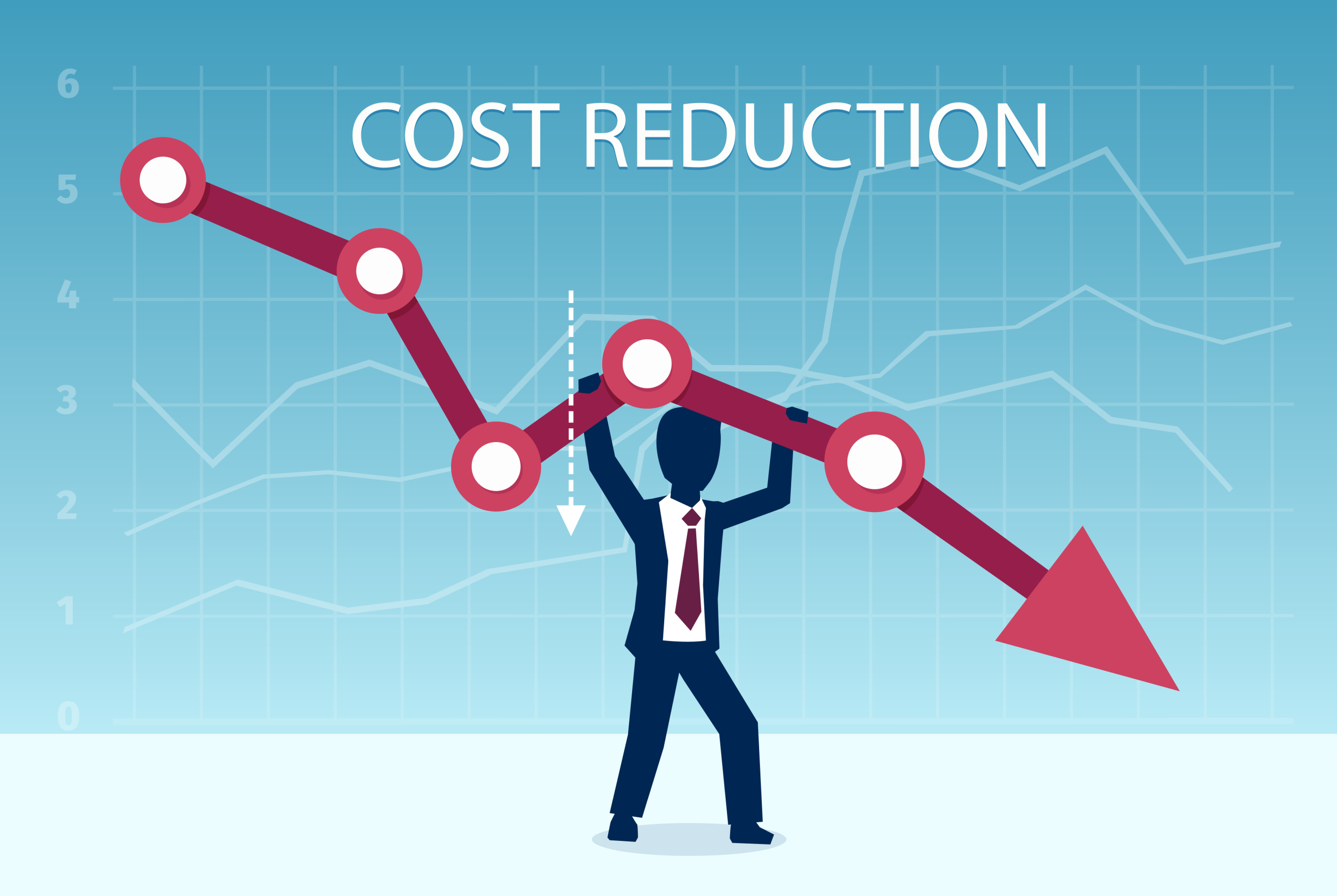Reducing Software Cost Through Verification and Validation
Many programs risk cost growth and schedule delays because of software development issues. Collecting, tracking and containing software issues/defects in the development phase where they occur is an excellent cost-control management practice. Programs surveyed indicated that an average of 31 percent of defects corrected were detected after the development phase in which they were inserted. Capturing software defects in phase is critical because detecting defects out of phase results in expensive program rework. The best mechanism for capturing defects in-phase, and thereby reducing software development cost is Verification and Validation (V&V).
V&V is an engineering technical discipline using proven techniques to detect defects in software and/or hardware and avoid risks in developmental programs. Independent V&V (IV&V) is V&V performed by an independent authority, which is managerially, technically, and financially independent from the product developer. IV&V is the unbiased process of assessing system development performance against key technical, programmatic, and financial objectives ensuring the user needs are satisfied. Proper and most efficient V&V starts on or before the beginning of the product developer’s requirements phase. The purpose of V&V is to help a product developer build quality into the product throughout its life-cycle phases: Requirements, Design, Development, Test, and post-delivery Sustainment. Additionally, a good V&V program benefits from the use of V&V Tools and the application of advanced V&V processes such as GreenDart’s Criticality Analysis and Risk Assessment (CARA). Finally, the V&V agent may also be responsible for Independent Testing of the pre-deployed system. We cover all these V&V efforts in our complete V&V discussion.
V&V includes V&V planning and re-planning as system development evolves. It includes the review of developers’ requirements definition, design analysis, unit code and testing, test planning and test results assessment, and conduct of independent V&V testing where appropriate.
IV&V plans are based on government direction and funding, the developer’s System Development Plan, the developers’ processes, and other development planning data.



